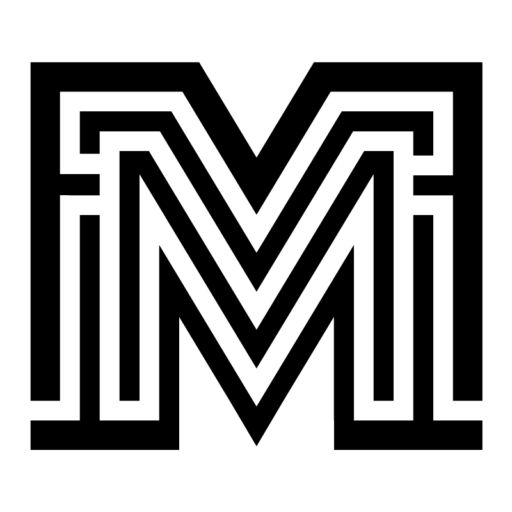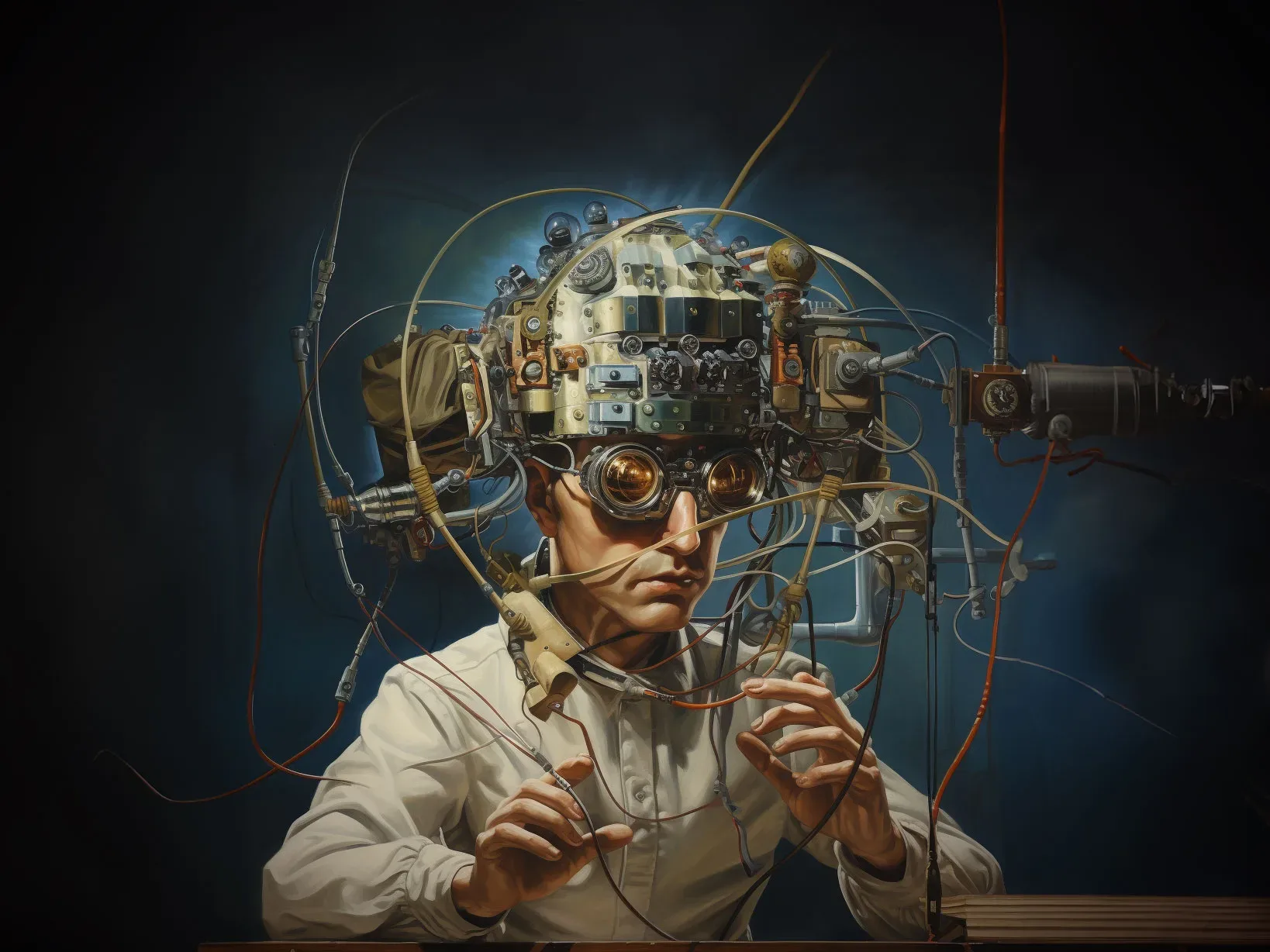Hey, everyone! I’m here to share with you how using a second brain or personal knowledge manager (PKM) system has changed my life for the better.
If you don’t know what a second brain is, it’s basically any digital (or even paper-based) tool that helps you store, organize, and retrieve all kinds of information that you encounter in your daily life. You can use it to capture notes, ideas, insights, links, images, videos, and anything else that sparks your curiosity or interest.

Creating your second brain.
Obsidian is a simple but powerful app that lets you create and connect notes in a network of associations. You can also add tags, categories, and metadata to your notes to make them easier to find and filter.

Write carefully. Because quick, rough notes could look like hieroglyphics to your future self.
You can use apps like OneNote, EverNote or Notion but I’ve been using Obsidian for my second brain system since 2021 when it was recommended by a classmate (shout out to Joel Bird). I’m amazed by how much it has improved my learning and creativity.
Spaced repetition reinforces learning.
One of the best features of Obsidian is that it allows you to review your notes at random intervals, based on a spaced repetition algorithm. This means that you can revisit your notes when they are most likely to fade from your memory and reinforce your recall and understanding. This way, you can avoid forgetting what you’ve learned, and build a solid foundation of knowledge.
Just today, I stumbled upon an old note that I made from a fascinating article that I read a while ago. It was about how a professor stopped grading her students’ work, and how it improved their motivation and performance. The article was full of insights and arguments that challenged my assumptions and made me think differently about education. I was glad that I had saved it in my second brain, because otherwise I would have probably forgotten about it.
Reading the note again made me want to explore the topic further and see what other perspectives and research I could find. I used Obsidian’s search function to find related notes that I had made from other sources, and I also followed some of the links that I had saved in the original note. I ended up spending an hour immersed in learning something new and exciting.

Helps me create ideas.
By utilising Obsidian as a creative ideation tool, I have found that it not only helps me capture and organise my knowledge but also serves as a fertile ground for idea generation. Its interconnected structure, cross-linking capabilities, and visualisation features provide a dynamic environment that nurtures and expands upon the seeds of creativity.
My journal goes into my second brain.
Another powerful way I utilise Obsidian is by creating daily notes. Each day, I create a new note where I jot down ideas, reflections, tasks, and noteworthy events. These daily notes serve as a personal journal and provide a chronological timeline of my thoughts and activities. With Obsidian’s quick and easy note creation, I can effortlessly capture fleeting ideas or important moments throughout the day. By reviewing my daily notes, I gain valuable insights into patterns, progress, and growth over time, allowing me to track my personal development journey effectively.

Could it be better?
One thing I do not like about my system is how it is text based and there are times I would prefer to draw a picture to process my thoughts, similar to a visual diary.
Another thing which will probably become more handy (if it hasn’t already happened) will be introducing AI into this system somehow. Maybe using voice recording? Or providing deep insights into your data? There may be privacy issues there though.
Conclusion.
This is just some examples of how using a second brain system can enrich your life and expand your horizons. If you’re interested in trying out Obsidian for yourself, you can download it for free from their website at https://obsidian.md.
Thanks for reading, and happy learning!

